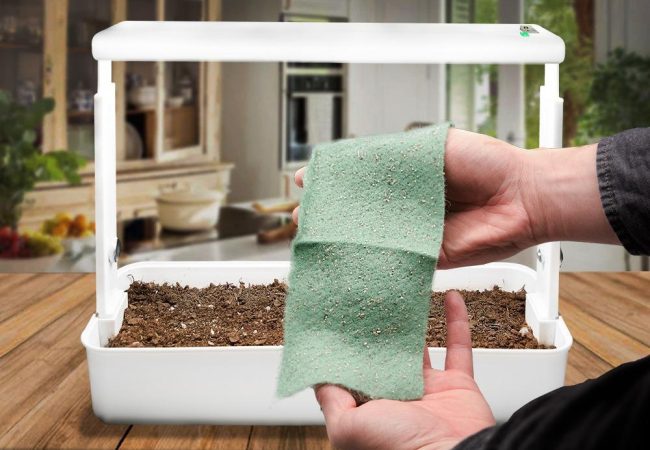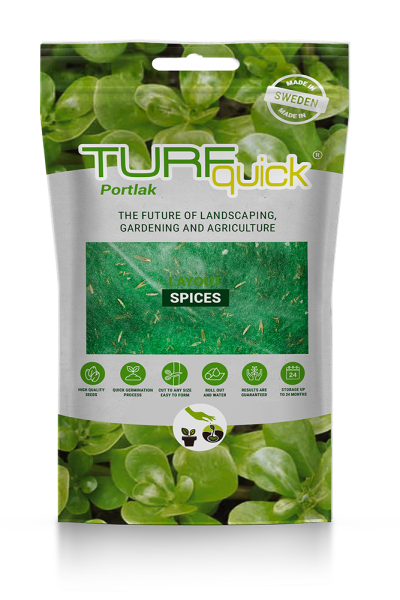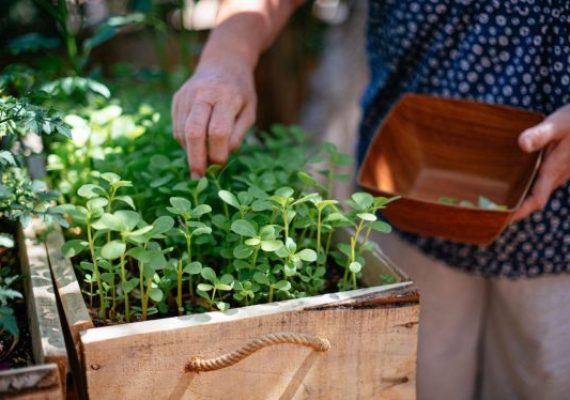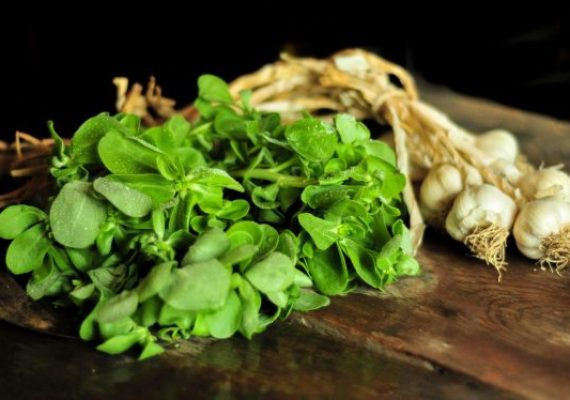Purslane
Purslane seeds key features
Start your organic garden with top-grade purslane seeds for health and flavour

Purslane packaging solutions:

Technical specifications
Product name:
Purslane
EAN CODE
7350 00309 0991
Scientific Name
Portulaca oleracea L.
Plant position:
Sun
Material and contents specification
Rocket seeds:
120 Seeds (100% Pure Live Seeds) Non-Gmo
Patch dimension:
10cm x 20cm
Price group:
A
Cellulose fiber:
approx. 10 grams
MOQ
360 pcs︱1 EUR-pallet. (120 cm x 80 cm x 215 cm).
Attribute:
Vegetable seed mixes
Net weight:
0.1 kg
Download the data sheet in PDF format
About purslane
When to plant purslane seeds fabric? Remember
Where to plant purslane seeds fabric?
Purslane seeds can be planted in various locations, depending on your climate and growing conditions. Here are some options:
- Garden beds: Plant purslane seeds in well-draining garden soil that receives full sun. Prepare the soil by removing any weeds or debris, and lightly rake the surface before sowing the seeds.
- Containers: If you have limited space or want to grow purslane in pots, use a good quality potting mix with good drainage. Select a container that is at least 6 inches deep to allow room for the roots to grow.
- Greenhouse: If you live in a colder climate or want to extend the growing season, you can plant purslane seeds in a greenhouse. This allows you to control the temperature and protect the plants from harsh weather conditions.
- Edible landscapes: Purslane can also be planted in your edible landscape, such as alongside other vegetables or in flower beds. The bright yellow flowers can also add a pop of color to your garden.
Remember to water the seeds regularly to keep the soil moist, and thin out the seedlings once they have sprouted to allow enough space for the plants to grow. Additionally, purslane is a succulent plant that can tolerate drought, so ensure that you do not overwater it.
How to plant purslane seeds fabric?
To plant purslane seeds, follow these steps:
- Select a suitable location: Choose a sunny spot in your garden or a container with good drainage. Purslane thrives in full sun and can tolerate poor soil conditions.
- Prepare the soil: Loosen the soil using a garden fork or a small hand trowel. Remove any weeds, rocks, or debris from the planting area.
- Sow the seeds: Place the purslane seeds fabric over the prepared soil. Start at one end and unroll it across the area you want to cover.
- Water the seeds: Use a gentle mist or a watering can with a sprinkle cap to water the seeds thoroughly. Keep the soil consistently moist until the seeds germinate.
- Maintain moisture: To retain moisture and promote germination, cover the seeded area with a thin layer of straw or a light mulch. This will help to keep the soil moist and prevent weed growth.
- Thin out the seedlings: Once the purslane seedlings start sprouting, thin them out by removing weaker or overcrowded plants. This will allow the remaining seedlings to have enough space to grow and develop properly.
- Water and fertilise: Regularly water the purslane plants, especially during dry periods. However, avoid overwatering, as purslane can rot easily if the soil remains too wet. Fertilise the plants every four to six weeks with a balanced liquid fertiliser, following the manufacturer’s instructions.
- Harvest and enjoy: Purslane is a fast-growing plant, and you can start harvesting its leaves and stem tips in around 6 to 8 weeks after planting. Simply cut the stems near the base, and new growth will emerge from the cuttings, allowing for continuous harvesting throughout the growing season.
How to harvest purslane?
To harvest purslane, follow these steps:
- Identify ripe purslane: Purslane is typically ready to harvest when it reaches about 8 inches in length. Look for vibrant green leaves and thick, fleshy stems.
- Gather necessary tools: To harvest purslane, you will need a pair of sharp garden shears or a knife. You may also want to wear gardening gloves to protect your hands.
- Choose the right time: It’s best to harvest purslane in the morning when the plant is well-hydrated, as this makes it easier to handle and retains its freshness.
- Cut the stems: Locate the base of the purslane where it meets the ground and cut it just above this point using the shears or knife. Avoid pulling the plant out entirely, as this may disturb the roots and prevent future growth.
- Collect the purslane: After you’ve cut the stems, gather the purslane in a basket or bag. Be gentle to avoid bruising or damaging the leaves.
- Rinse and store: Once you have harvested your purslane, it’s important to rinse it thoroughly under cold water to remove any dirt or debris. Pat it dry with a clean towel or allow it to air dry. Store the purslane in an airtight container or zip-lock bag in the refrigerator. It will generally stay fresh for up to a week.



Purslane patchs are biodegradeable and contain no harmful chemicals.
How to grow veggies all year round?
Growing veggies all year round requires careful planning and consideration of various factors but can grow vegetables indoors including lettuces, arugula, spinach, kale, carrots, radishes, beet greens, tomatoes and more. Here are some tips to help you achieve year-round vegetable gardening.

